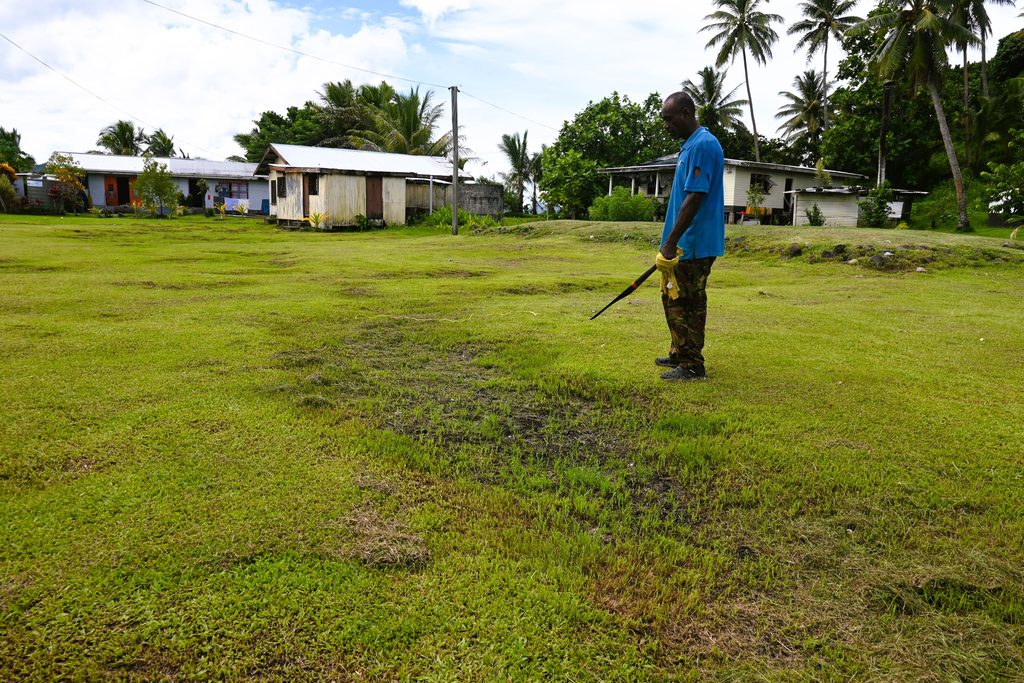We have heard it before: climate change is the defining issue of our time. And absolutely, it is.
But so much has changed since world leaders adopted the Paris Agreement in 2015. Back then, the standard-bearer of democracy — the United States of America —was a leading voice in the fight for a cleaner, greener planet.
Today’s state of affairs is a far cry from those days of diplomacy and dialogue. President Donald Trump’s isolationist policies have left the global community volatile and unpredictable, with much of the focus now fixed on tariffs, the war in Gaza, and the conflict in Ukraine.
Amidst all this, extreme weather has grown more devastating and harder to predict. The polar ice caps are melting at an unprecedented rate, and our oceans continue to warm and rise — silently, yet significantly.
Here in Fiji, on the island of Serua, just a short distance off the coast of Viti Levu, encroaching seawater has always been — and remains — a constant threat to its people and their way of life.
For generations, the island has served as the chiefly abode of the Serua Province’s paramount chief, the Vunivalu. To the indigenous Fijians of the province, the cultural and spiritual significance of the island cannot be overstated.
Last week, The Sunday Times team visited Serua Island to witness the devastating impacts of sea-level rise and extreme weather. We were guided on a tour by village elder Waisale Natuna, who once served as Turaga Ni Koro (village headman). A walk along Serua’s shoreline would normally take 45 minutes to an hour on foot.
“Today, the island is home to just over 100 households. Most of our kin now reside on the mainland in the village of Talenaua,” Natuna explained.
“Usually, in every family, one sibling is chosen to care for the family home here, while the others move to the mainland and utilise the land there.”
He recalled that the worst disaster to hit Serua Province was in the 1980s, when cyclone-induced coastal flooding wreaked havoc along its shores. Even Ratu Latianara Primary School on the mainland — seen as a safe haven — was not spared.
That was when they began to realise the need for proactive measures against changing climatic events.
The most significant government-funded climate project on the island to date is the seawall bordering the western side of the village, facing the sea.
“The sea wall was built by the Alliance Government in the ’80s. Apart from that, the eastern portion of the island was reclaimed to create more space and prevent coastal erosion,” Natuna said.
Joseva Robanakadavu, the matanivanua (spokesperson) of the Vunivalu, added that over time, the sea wall appeared to have worsened flooding in the village during high tide — likely because of poor engineering.
“The wall has no outlets to allow rainwater to flow back into the sea during heavy downpours. Because of this, water builds up in the village, forming puddles that slowly seep into the ground. Over time, this causes the soil to sink, making the land unstable,” he said.
There are two hills on the island. The first, Navua, was once the site of the province’s administrative office, hospital, and residence of the state-appointed administrator, the Roko Tui.
The second hill, Dakuiserua, is sacred ground. At its summit lies the sautabu (chiefly burial site).
Natuna said the heavy rains had triggered landslides on both hills — a problem exacerbated by rising seas, which now reach their bases during high tide.
“To prevent future landslides, we are preparing to plant vetiver grass around Dakuiserua to stabilise the soil.”
He also expressed concern about the eastern half of the island, which lacks a proper sea wall.
“The previous government worked within its budget, placing large rocks along the eastern shoreline. But how long will they last? It was a temporary solution. Today, I believe the entire island needs a properly engineered seawall.”
The village elders argue that, in the interim, stabilising and extending the seawall—along with developing a proper drainage system—is vital to mitigating sea-level rise.
Natuna explained that during his time as village headman, the previous FijiFirst government introduced the Integrated Village Development Plan (IVDP) at the provincial council level.
Under this policy, Serua Island villagers proposed two major projects, firstly, raising the island’s land to a safer level, followed by constructing a properly engineered seawall. Secondly, building a walkway from the mainland to improve mobility and access.
Serua is only a 5 to 10-minute fibreglass boat ride from the landing — or a 20-minute walk during low tide.
However, relocation has been ruled out entirely. According to Natuna and the elders, it is not an option under any circumstance.
“There is so much history tied to this island — our identity, bloodlines, and connection to the land and sea. Words cannot capture it. This is not just the home of our paramount chief. This land symbolises who we are as the people of Serua.”
Natuna stressed that while they had made their requests known to the state, they will not wait for government assistance. The province will do whatever it takes to protect and preserve their island.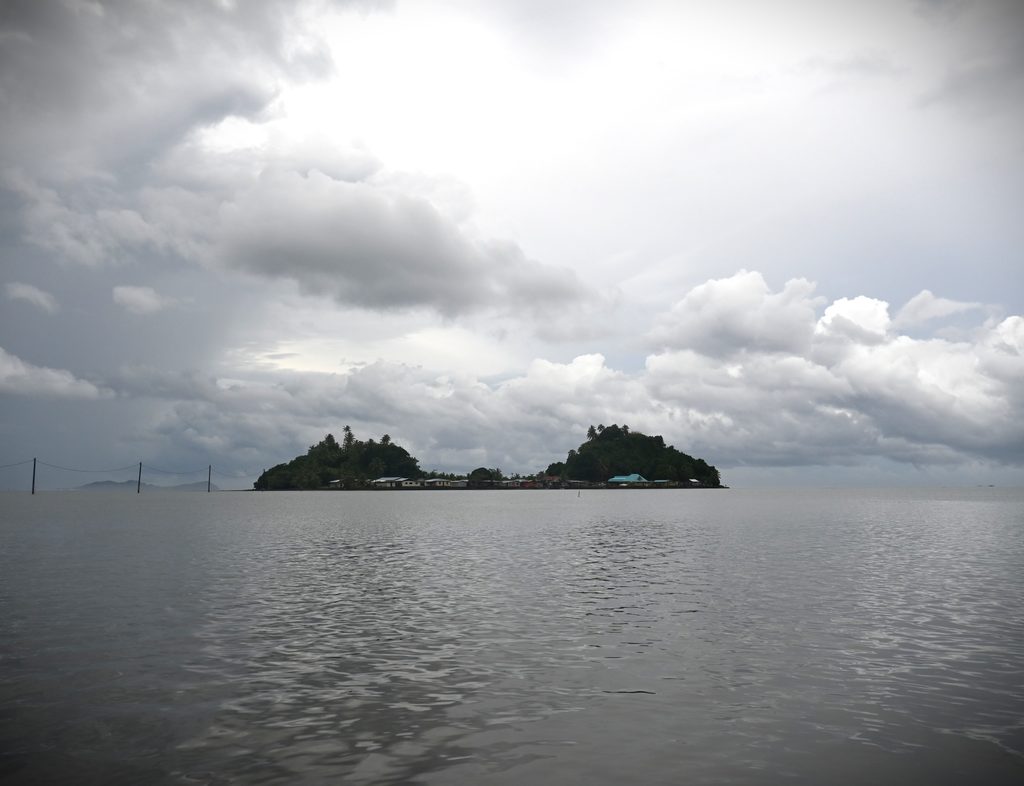
View of Serua Island from the mainland.
Picture: ALIFERETI SAKIASI
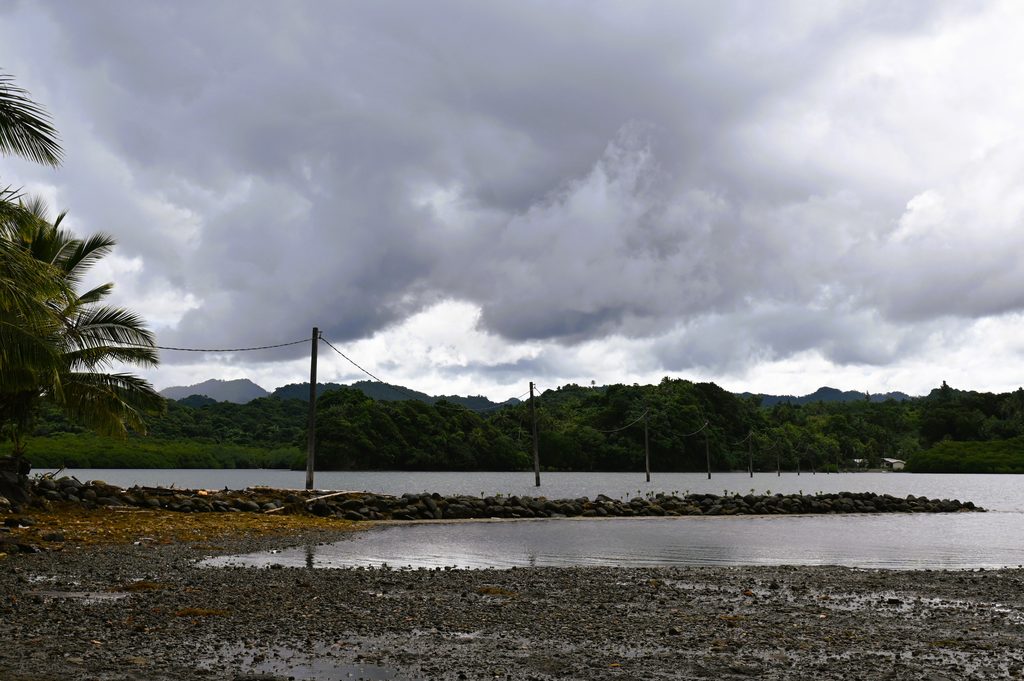
A rock formation constructed to prevent soil and sand from seeping into the sea. Picture: ALIFERETI SAKIASI
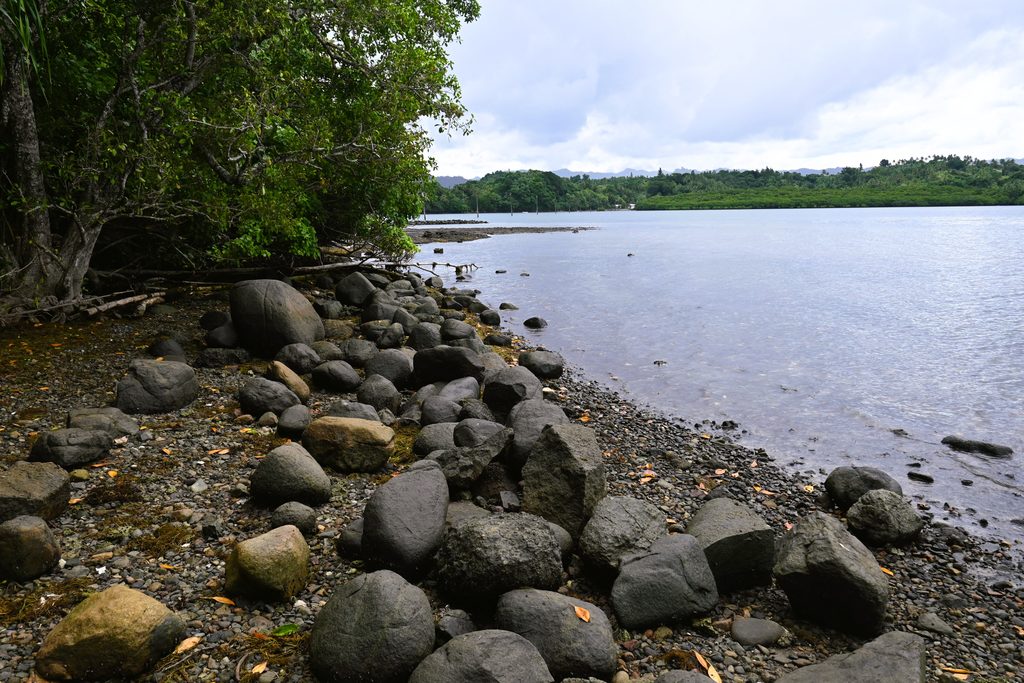
Rocks lining the uninhabited eastern half of the island can no longer shield against the rising tide.
Picture: ALIFERETI SAKIASI
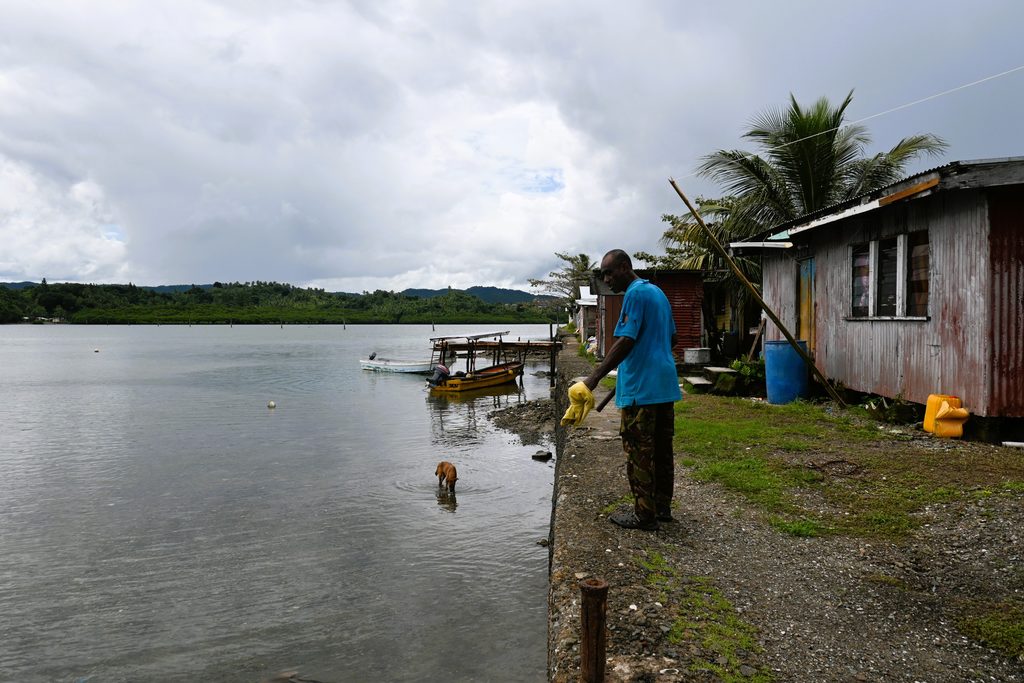
Waisale Natuna on the village sea wall during low tide. Picture: ALIFERETI SAKIASI

